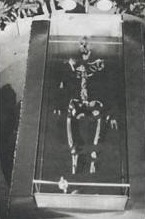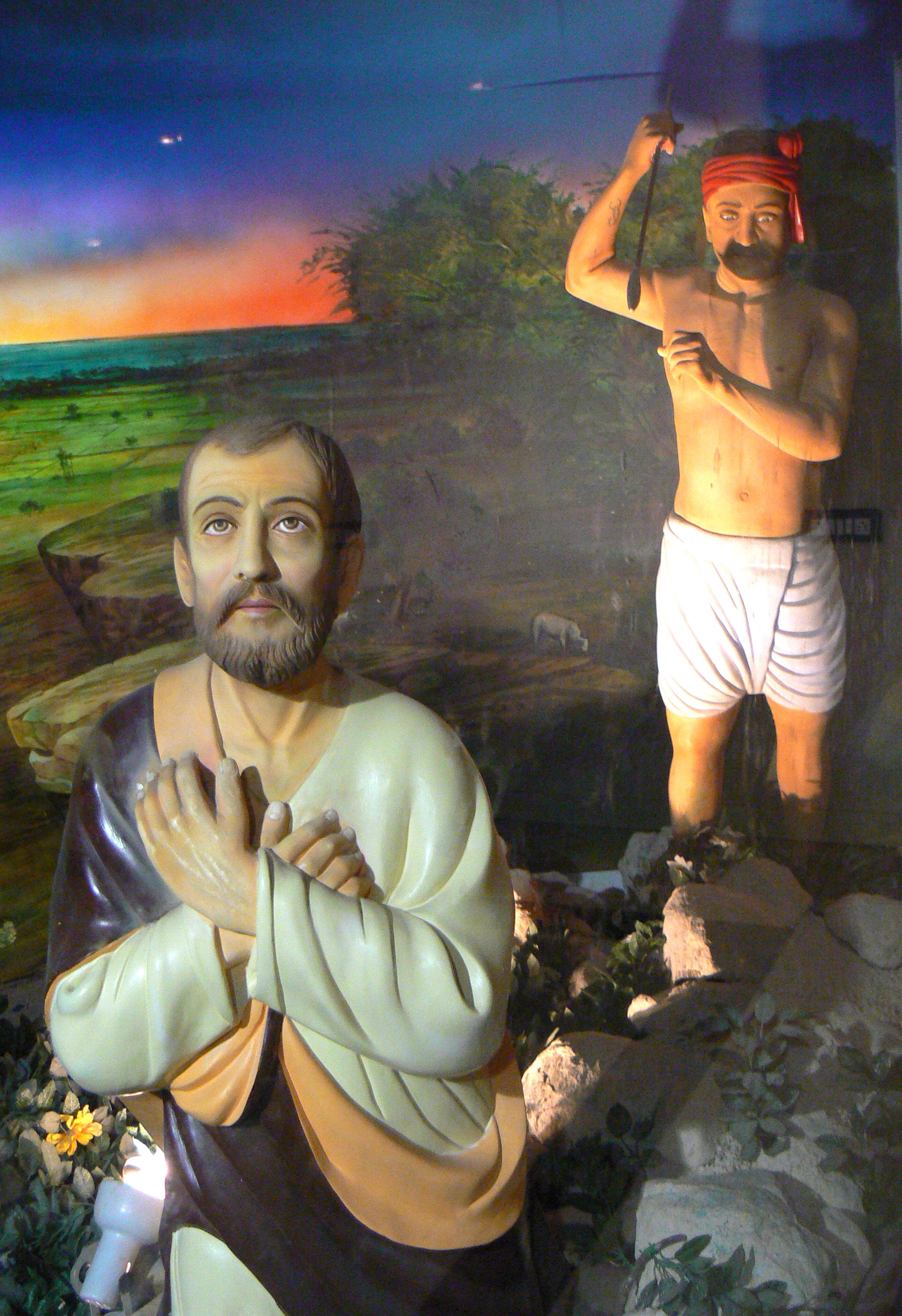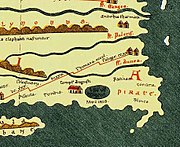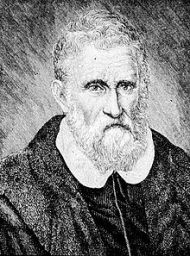“The St. Thomas in India story is a Christian myth and it should be identified and presented to the Indian public as a myth—indeed a Catholic myth as most Protestants reject it—by the so-called secular Indian media.” – Ishwar Sharan
Chennai’s colonial-era churches: Tranquil sanctuaries in a bustling metropolis – Madhumita Gopalan
Chennai is most commonly thought of as a gateway to Tamil Nadu, the land of thousands of magnificent temples. What’s less known is that the city has had a long association with Christianity since as far back as the 1st century AD, and is peppered with beautiful churches built by the colonial powers between the 16th and 20th centuries.
The Church of Our Lady of Light, locally called the Luz Church, is probably the oldest church in Chennai. In the early 16th century, Vasco da Gama, the famous Portuguese explorer, discovered a maritime route to India. Right after that, it is said that 8 Portuguese priests came to India to preach Christianity. On their way to the eastern shores of south India, they were hit by bad weather and got lost at sea. Legend has it that a bright light mysteriously appeared out of nowhere and guided them to safety. This church was built in the year 1516 at the place that the light led them to.
There are two more iconic churches in Chennai originally built by the Portuguese, and both have a deep connection with St. Thomas, one of the 12 apostles of Jesus Christ. It is said that he was unable to believe the news of Jesus Christ’s resurrection, and needed proof to be convinced of it—this was the origin of the phrase ‘doubting Thomas’. St. Thomas is believed to have travelled to south India in the middle of the 1st century AD, to spread the gospel. Many historians credit him with bringing Christianity to India. He is said to have arrived on the Malabar Coast and eventually made his way to the eastern coast. In 72 AD, he was killed at St Thomas Mount and buried in the Mylapore area of Chennai. This version of history is however debated by many.
Many centuries later, the Portuguese built one church with its altar at the spot where the apostle was martyred, and another over his grave near Mylapore. The church at St. Thomas Mount is said to date back to 1523, and commands stunning views of the city. The church built on St. Thomas’ grave was rebuilt by the British in 1893 as the Santhome Basilica. The magnificent white Gothic style church stands close to the Marina Beach, and pilgrims from all over the world come to pray at the apostle’s tomb. (Article abridged) – The News Minute, Saturday, July 23, 2016
Ishwar Sharan’s Comment
When we informed the author, Madhumita Gopalan, and the editor of The News Minute that there was no historical evidence for St. Thomas in India, a sentence was added to the third paragraph of the photo essay above which reads, “This version of history is however debated by many.”
Two lines above the added sentence, is another sentence which reads, “Many historians credit him with bringing Christianity to India.”
So the objective of the photo essay remains. The fable of St. Thomas in India as presented by Madhumita Gopalan in The News Minute is Indian history.
But if truth be told, it isn’t Indian history at all. This writer has shown in his carefully researched book, The Myth of Saint Thomas and the Mylapore Shiva Temple, that forty plus leading historians and scholars, many of them Christian divines, have doubted and denied Thomas’s travels to India and a few have even doubted his existence.
The point is that the St. Thomas in India story is a myth and it should be identified and presented to the public as a myth—indeed a Catholic myth as most Protestants reject it—by the so-called secular Indian media.
But the mainstream Indian media has shown itself to be a small-minded and pusillanimous institution, neither well-informed or ethical, so appeasing a minority Indian community by presenting its favorite religious fairy tale as true Indian history is quite in form for them.
But it is not quite in form for the Hindu community that stands accused of killing St. Thomas out of jealousy. The accusation is vicious and false, a blood libel on the Hindu nation, and if the media continues to make it it will have to be taken to a court for review.
Four of the five Portuguese churches in Madras are built on temples ruins. Had the author of the article above visited the San Thome Cathedral museum, she would have found in it carved stone pillars and other artefacts that may have been part of the original Kapaleeswara Temple that the cathedral church replaces.
Christians, like Muslims, are quite proud of the fact that they have destroyed the heathen temples of Hindus in Hindustan.
In 1996 this writer asked the Vatican archives for information or confirmation that St. Thomas had visited India. The Vatican’s reply was that it was a matter for historians to decide. And indeed a leading Catholic theologian and scholar did decide the issue in 2006 when Pope Benedict XVI stated that St. Thomas did not take Christianity to South India.
This being the case, the discussion should end with Pope Benedict’s statement. But it does not end because the media is still squeezing money—and Hindu blood—from the fable.
We are letting a leading historian and Indologist who studied under Jesuits have the last word here on St. Thomas in India.
Dr. Koenraad Elst writes:
According to Christian leaders in India, the apostle Thomas came to India in 52 AD, founded the Syrian Christian Church, and was killed by the fanatical Brahmins in 72 AD. Near the site of his martyrdom, the St. Thomas Church was built. In fact this apostle never came to India. The Christian community in South India was founded by a merchant called Knai Thoma or Thomas of Cana in 345 AD—a name which readily explains the Thomas legend. He led four hundred refugees who fled persecution in Persia and were given asylum by the Hindu authorities.
In Catholic universities in Europe, the myth of the apostle Thomas going to India is no longer taught as history, but in India it is still considered useful. Even many vocal “secularists” who attack the Hindus for “relying on myth” in the Ayodhya affair, off-hand profess their belief in the Thomas myth. The important point is that Thomas can be upheld as a martyr and the Brahmins decried as fanatics.
In reality, the missionaries were very disgruntled that the damned Hindus refused to give them martyrs (whose blood is welcomed as “the seed of the faith”), so they had to invent one. Moreover, the church which they claim commemorates St. Thomas’s martyrdom at the hands of Hindu fanaticism, is in fact a monument of Hindu martyrdom at the hands of Christian fanaticism. It is a forcible replacement of two important Hindu temples—Jain and Shaiva—whose existence was insupportable to the Christian missionaries.
No one knows how many Hindu priests and worshipers were killed when the Christian soldiers came to remove the curse of Paganism from the Mylapore beach. Hinduism does not practice martyr-mongering, but if at all we have to speak of martyrs in this context, the title goes to these Jina- and Shiva-worshipers and not to the apostle Thomas.
A new 2019 print edition of The Myth of Saint Thomas and the Mylapore Shiva Temple is available from publisher Voice of India in New Delhi. The book with its extensive references and bibliography is also available online in pdf format.































